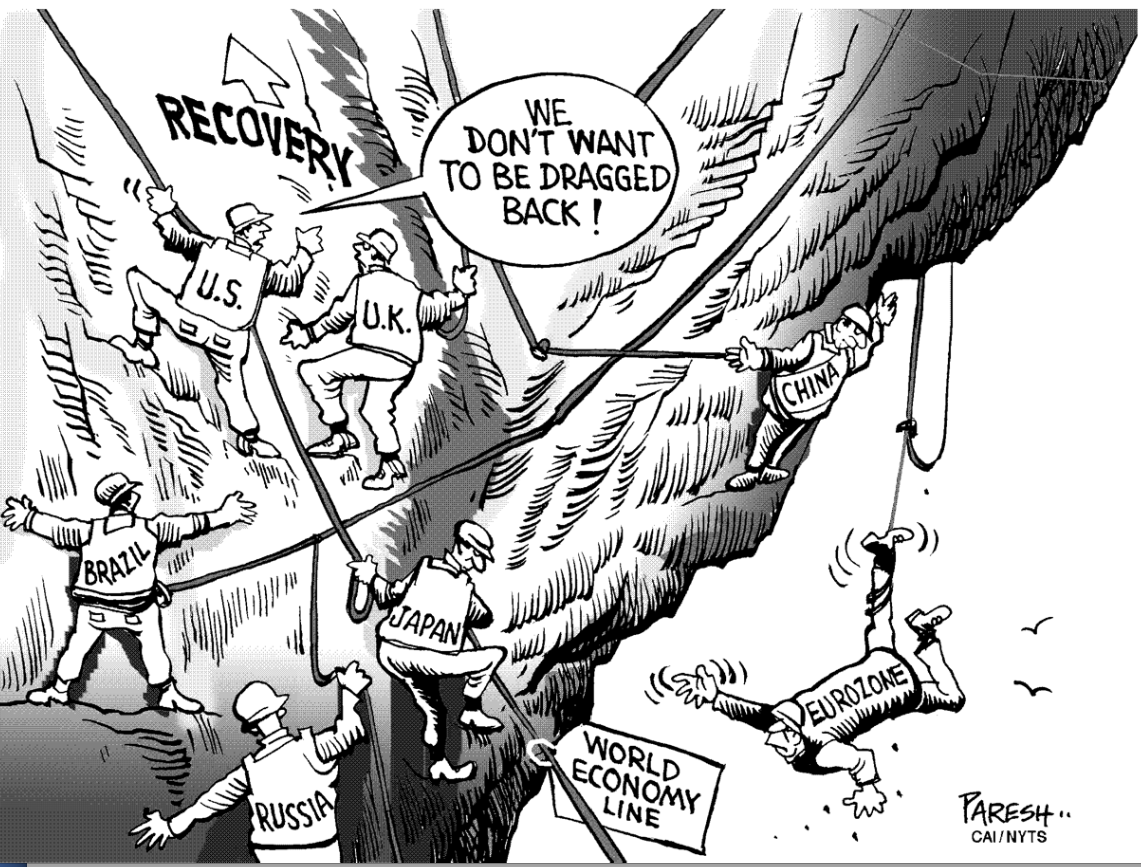The eurozone is facing a bleak economic outlook, with growth remaining stagnant and the threat of deflation looming large. Economist Martin Feldstein, who was skeptical of the initiative from the start, now calls it a "failure."
Is Feldstein right, or could the eurozone become the "optimal currency area" that its creators believed it to be?
Answering this question requires, first and foremost, an understanding of the costs and benefits of various exchange-rate systems. The International Monetary Fund was established 70 years ago to manage an "adjustable peg" system — a hybrid system in which exchange rates were usually fixed to the dollar, but could be adjusted occasionally to improve the country's competitive position in export markets.



















With your current subscription plan you can comment on stories. However, before writing your first comment, please create a display name in the Profile section of your subscriber account page.